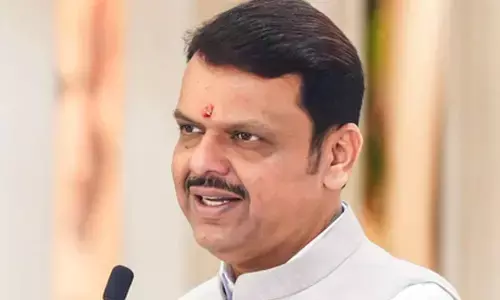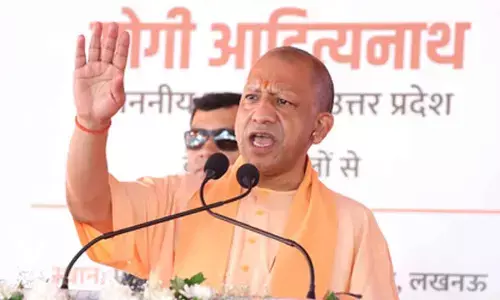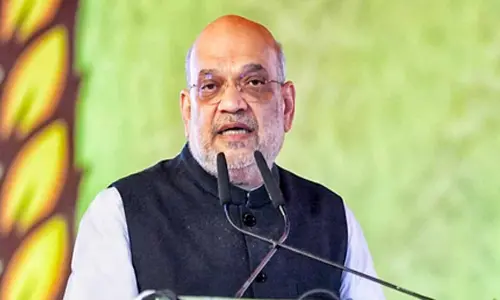Chandrayaan-2: NASA Lunar Orbiter may share Vikram Lander pictures today

Today NASA’s lunar orbiter is set to fly over the landing site of the Chandrayaan-2 Vikram Lander and take photos
Today, September 17, the National Aeronautics and Space Administration (NASA) probe is all set to fly over the landing site of lander Vikram on the Moon. As it glides over the landing site, new information on Vikram lander is likely to surface. In the meantime, the Indian Space Research Organisation (ISRO) has been trying to establish contact with the lander which went silent exactly ten days back.
NASA LUNAR RECONNAISSANCE ORBITER (LRO)
Nasa's Lunar Reconnaissance Orbiter is part of an exploration-cum-science mission which was launched in 2009. The LRO's primary mission is mapping the lunar surface to identify sites for future robot and human missions to the Moon.
Nasa's Lunar Reconnaissance Orbiter will fly over Vikram's landing site and attempt to take pictures of the lander. It's a crucial day for Vikram lander, hope to define the spacecraft's fate.
Noah Petro, LRO's project scientist, told that NASA would share images to help ISRO's analysis of the Chandrayaan 2 mission. "NASA will share any before and after flyover imagery of the area around the targeted Chandrayaan-2 Vikram lander landing site to support analysis by the Indian Space Research Organisation," said Petro.
According to Nasa, the data collected by the Lunar Reconnaissance Orbiter, "will help the world develop a deeper understanding of the lunar environment, paving the way for a safe human return to the Moon and future human exploration of our solar system".
Earlier, NASA also tried to establish contact with lander Vikram lying on the lunar surface. The agency's Jet Propulsion laboratory had beamed a radio frequency to the lander to elicit a response after the crucial part of Chandrayaan 2 didn't go as planned. "NASA/JPL is trying to contact Vikram through its deep space network (DSN) as contractually agreed with ISRO," a source said.
VIKRAM LANDER - NEXT WHAT?
The lander's mission life was just one lunar day, that is 14 Earth days. The Indian Space Research Organisation is falling short of time to get in touch with the Vikram lander.
Vikram attempted landing on the Moon on September 7, just as day began on the Moon. On September 21, it will be night time on the Moon and even if ISRO manages to get in contact with Vikram. ISRO will not have any resources to charge the Chandrayaan-2 lander and keep it powered on.
Now it is evening time on the Moon. The fading sunlight could come in the way of Nasa's Lunar Reconnaissance Orbiter taking a good-quality image of the Vikram lander. We will know about the happenings in the coming hours and days.
THE MOON MISSION?
The Chandrayaan-2 orbiter is safe, and its life is extended. ISRO was able to extend the orbiter's mission life from one year to seven years, with the help of fuel that was saved during the trip to the Moon.
The Chandrayaan-2 orbiter is supposed to study the Moon's atmosphere and various minerals on the Moon. Mainly it needs to estimate the quantity of iced water on the Moon.
With this water experiment, the Chandrayaan-2 orbiter will carry forward the legacy of Chandrayaan-1, which made history in 2008 by finding evidence of water on the Moon.














